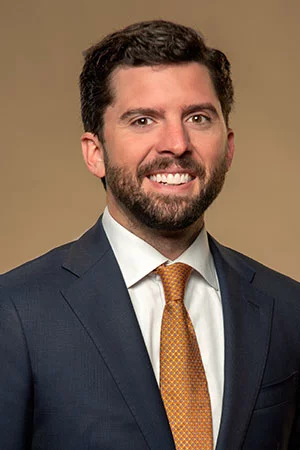Each September, Cumberland Heights highlights a crucial observance: National Suicide Prevention Awareness Month. NAMI, the National Alliance on Mental Health, released a statement explaining that this is the time to “share resources and stories in an effort to shed light on this highly taboo and stigmatized topic. We use this month to reach out to those affected by suicide, raise awareness and connect individuals with suicidal ideation to treatment services. It is also important to ensure that individuals, friends and families have access to the resources they need to discuss suicide prevention.”
We hope to contribute to NAMI’s mission by sharing information about suicide with you today, including its key risk factors and resources for its prevention.
Risk Factors
Mental illness and substance abuse are both major contributing factors to suicide. According to NAMI, almost half of those who took their own lives had a diagnosed mental health disorder. Additionally, more than one third were under the influence of alcohol.
According to the Centers for Disease Control and Prevention (CDC), risk factors for suicide include:
- Family history of suicide or child maltreatment
- Previous attempts
- History of mental illness (especially depression)
- History of substance abuse
- Impulsive tendencies
- Cultural or religious beliefs
- Isolation from others
- Barriers to mental health care
- Unwillingness to seek help due to stigma
- Recent loss (financial, relational, social or professional)
- Physical illness
- Easy access to lethal means
- Feelings of hopelessness
However, to contrast these risk factors, the CDC also lists protective factors: those that buffer people from suicidal thoughts and behavior. These include timely, effective clinical care for a person’s mental, physical and substance use disorders. Additionally, ongoing intervention and support from loved ones, the community and healthcare providers can make an incredible difference in one’s life. If you believe that your loved one may be contemplating suicide, there is hope.
Signs of Suicidality
Early identification of suicidal thoughts and plans can be lifesaving. The sooner you are able to intervene, the better. If you observe increased substance use, for example, this can be a sign that someone is at risk for taking their own life. Aggressive behavior, withdrawal from friends, dramatic mood swings and impulsive actions are also symptomatic of suicidality.
Suicidal behaviors should be considered an emergency. They include acquiring lethal means (saving pills, buying a weapon), giving away possessions, tying up loose ends (organizing papers, paying debts) and saying goodbye to friends and family.
If your loved one seems to be contemplating or planning suicide, we encourage you to turn to these preventative resources as soon as possible.
Suicide Prevention Resources
First, there are steps you can take to intervene on a personal level when someone you love expresses suicidal tendencies. NAMI recommends:
- Speaking openly and honestly, asking questions like, “Do you have a plan for how you would kill yourself?”
- Having one person speak at a time
- Removing lethal means (guns, pills, knives)
- Expressing support and concern
- Avoiding arguing, threatening or yelling
- Trying not to fidget or pace
- Being patient
Like any other health emergency, it’s important to handle mental health crises calmly and quickly. Don’t hesitate to seek professional help if the situation requires it. When in doubt, contact a mental health care provider.
NAMI advises those in a crisis to…
- Dial 9-1-1 for emergencies
- Contact the National Suicide Hotline at 1-800-273-TALK (8255)
- Text NAMI to 741-741 to connect to a free, trained crisis counselor on the Crisis Text Link
The National Alliance on Mental Illness has also compiled a step-by-step guide for those going through a mental health crisis. You can read it here.
Spreading Awareness
In addition to learning more about suicide risk factors and crisis management, we encourage you to participate in raising awareness this month. Consider sharing images and graphics on your social media account, using the hashtags #SuicidePrevention and #StigmaFree. While this concern should be addressed year-round, Suicide Prevention Awareness Month is a dedicated time for us to come together and discuss a difficult topic. We can all benefit from open, honest conversations about mental health and suicide in the days ahead, especially during the chaotic year of 2020.
Suicide is Not the Answer
Individuals with substance use disorders are at an increased risk for suicide. Please remember that you are not alone. At Cumberland Heights, our clients become part of a recovery family, where they are surrounded by others who can provide ongoing support. For help and support, please contact us.










